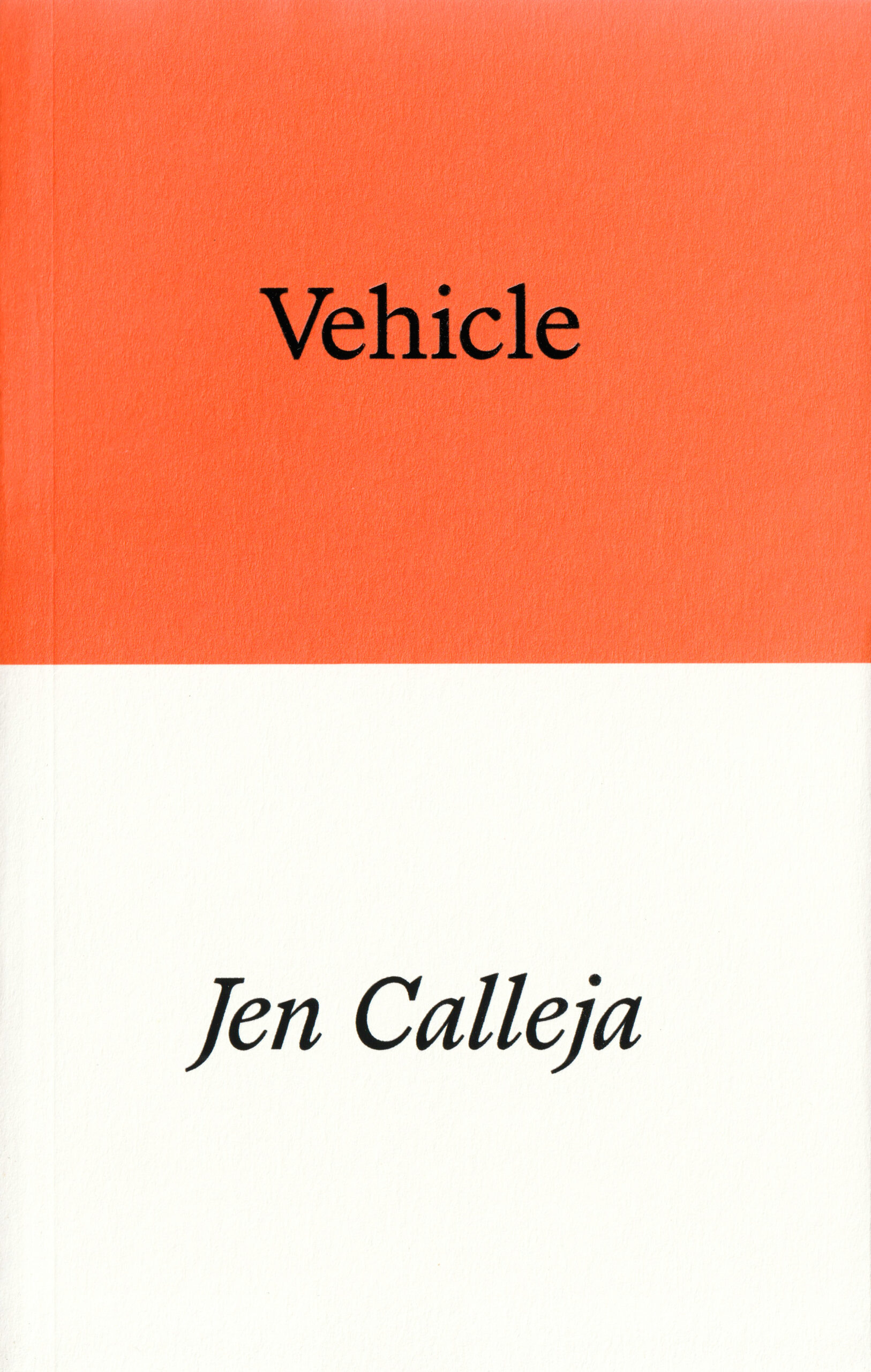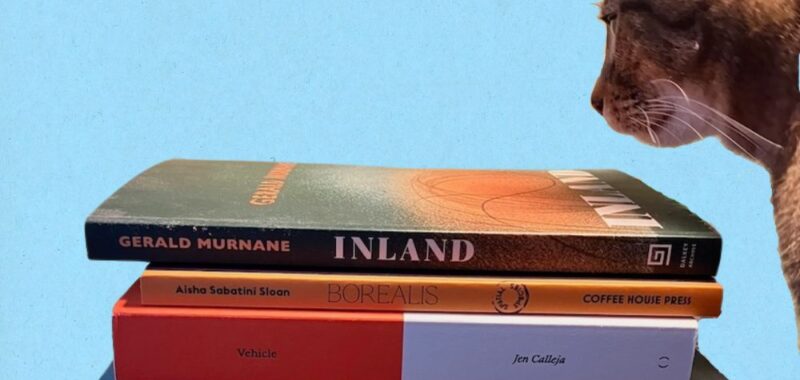Danielle Dutton, as co-publisher of Dorothy, a publishing project and the author of SPRAWL and Margaret the First, has made it her business to break genres. Her newest book, Prairie, Dresses, Art, Other, continues to do just that. Within the slim volume is everything from plot-fighting, loosely connected short stories, to a long essay, to a play, to a collage of literary quotations about dresses.
In the starred Kirkus review, they state, “Her work is highbrow while remaining mischievously playful, reminiscent of the form-smashing thrills of writers like Lydia Davis and Anne Carson.” Prairie, Dresses, Art, Other was on a clutch of “Most Anticipated” lists (including here at LitHub, The Rumpus, The Millions).
The four things listed in the book’s title each get a section of its own. In “Art,” the portion devoted to ekphrasis by a thirty-page essay entitled “A Picture Held Us Captive,” Dutton begins, “Ostensibly I write novels and stories, yet I often find myself more interested in spaces and things than in plots. The world is astonishing. I want to ask: How might fiction be conceived of as a space within which we attend to the world?”
Indeed, the pieces within the book are simultaneously rigorous and unsettling, as with a fruitless groping for the right word. Often, things shift under our feet so quickly—an voiced assertion in conversation ignored; a dread-inducing image abandoned without resolution—it feels like we’ve accidentally stepped off a cliff. Or what appeared to be a rug-covered floor in fact concealed a human-sized hole.
Instead of terror, it seems Dutton wants us to leap into the thrill of the void and not cling so desperately to a sense of solidity. Helen Ruby Hill writes of Dutton in The Rumpus, “She is a magpie of feminist literature; she gathers glittering fragments from all kinds of art—photographs, novels, paintings, essays, and poems—and intertwines them into a nest of feminine themes.”
I’m thrilled that Dutton is, amazingly, the first guest to this column to include a pet in their photo. May she spark a trend! Regarding her to-read pile, Dutton says,
This stack is bookended by two prairies (one fictional, one nonfictional). It also contains one book about (among other things) art about glaciers published in a Coffee House Press series that was itself inspired by Georges Perec’s “An Attempt at Exhausting a Place in Paris”; one elegantly two-toned book from Prototype, the UK publisher for Prairie, Dresses, Art, Other; one book I ordered the very day I finished a self-portrait, called Self-Portrait, written by the same author; one recent book from a grad student (though missing is another new book by another grad student: Chukwuebuka Ibeh’s Blessings); and one book that was a national bestseller and recently gifted to me by its author while she was visiting Missouri, where I live, where there are prairies (both the fictional and the nonfictional, I’d argue).
Lastly, not pictured is the book I’ll be reading tomorrow: Herman Melville’s Bartleby, the Scrivener, from Melville House’s Art of the Novella series. I teach it once or twice every year and my undergraduate students are almost always shocked that something from 1853 is so extremely weird and funny. Last year, one of my students described Melville’s language as ‘Old English,’ which I found extremely weird and funny of them.
*

Gerald Murnane, Inland
Inland is a book that fights common description for a work of fiction, as its engagement with plot and characters is slippery. It’s largely driven by a book Murnane read—A Puszták népe (People of Puszta) by Gyula Illyés—a novel with which Murnane became so obsessed he learned Hungarian to read it in the original language. In Inland, there’s a kind of love triangle, the death of a young girl, and a man who is trying to find the address of a childhood friend: “the girl from Bendigo Street.”
J.M. Coetzee reviewed Murnane’s work for the New York Review of Books, stating,
Woven into this narrative are a number of motifs whose common element is resurrection: the violated serf girl who returns as an angel of defiance; the lovers in Wuthering Heights united beyond the grave (Inland concludes with the famous last paragraph of Emily Brontë’s novel); the great recuperative vision experienced by Marcel in Time Regained; and verses from the Gospel of Matthew that foretell the second coming of Christ.

Aisha Sabatini Sloan, Borealis
In her review at The Rumpus, Lisa Hsiao Chen writes that Borealis is
a grounded yet allusive account of a trip she took to the seaside town of Homer, Alaska (population: 6,000). Sloan, a mixed-race writer visiting a very white place, aka the Great Outdoors, expertly captures the sensation of racial hostility as an ambient possibility that is always not not there. It is just one of many states she inhabits over the course of her travels and this book-length essay, which explores her estrangement from the task of ‘nature writing’ itself while finding her way to a mercurial experience of the sublime….There’s a looseness to its narrative rhythm that gives it a freewheeling and unpredictable charge, a willingness to embrace different registers. Sloan has that rare ability to convey the astonishment of an insight at the instant of its arrival.

Jen Calleja, Vehicle
“The novel is essentially a microhistory of a fictitious translator named Hester Heller,” writes Sarah Gear at Glasgow Review of Books. “Vehicle is set, predominantly, in 2050 at a time when the Nation (which must be the UK), has isolated itself from the Mainland of Europe. In the Nation, it is illegal to learn foreign languages and the world is entirely analogue. There is no internet, there are no phones, and everyone communicates by telegram.” Gear goes on to say,
This is a book about power. The power of speaking a second language, the power of governments to control this…Vehicle reads like a self-erasing research project. A collection of documents, recollections and imagined meetings that explore racism, colonialism, ecological disaster, sexism, conservatism the greed of capitalism, the question of memory, and the value of academia.

Celia Paul, Letters to Gwen John
Jack Hanson reviews Paul’s “epistolary memoir” in Artforum, writing,
The book comprises a series of letters to the Welsh painter Gwen John (1876–1939), as well as a number of short essays reflecting on, as Paul puts it, ‘Gwen John’s life as it intersects, or conflicts, with mine.’ The obvious biographical similarities between the two women—Paul was the lover of Lucian Freud, while John was the sister of famous draughtsman Augustus and lover of Rodin, relationships that threatened to overshadow each woman’s work—give way to deeper affinities in art and in life. Both are portraitists of extraordinary depth and insight. Their women especially, often bearing strained or vexed expressions, are fully living, not so much representations of a person as that person brought to life under a new aspect. But equally in these paintings, as well as their many landscapes and still lifes, there is, in the limitation of color and contrast, a patina of remoteness, a kind of haze of self, as though to see the subjects we must look through the painter.

Megha Majumdar, A Burning
“In her debut novel, A Burning, Megha Majumdar exposes the dark reality behind India’s rosy picture of growth,” writes Elizabeth Flock in BookForum.
Three characters find their lives intertwined after a terrorist attack on a train in Kolkata kills more than a hundred people. Jivan, a young Muslim woman who lives in the slums, is wrongfully accused of aiding the attack. PT Sir, Jivan’s former gym teacher, must decide whether to testify in her favor. Lovely, a charismatic hijra, or member of India’s third-gender community, holds Jivan’s only alibi. Unfortunately, Jivan’s potential saviors have their own futures to worry about. A Burning is an ambitious first novel, a critique smuggled into a thriller. Told in the first, second, and third person, the book alternates between the perspectives of the three main characters, interspersed with interludes that underscore the country’s economic divides and the cruel measures some take to get ahead.

Benjamin Vogt, Prairie Up: An Introduction to Natural Garden Design
Loni Wetherell in a starred review at Library Journal describes Vogt as “an owner of a prairie-inspired design firm” (I understand these words, but, admittedly, not together). Wetherell writes how Vogt
instructs readers on how to create their own natural landscape using plants native to their region. Beautiful photographs show a variety of climates and regions. Vogt explains in detail the desirable reasons to have a prairie landscape, such as to help with storm water runoff, amend the soil, suppress weeds, and increase the habitats for wildlife. Ecological areas throughout the United States are also noted with a detailed map, along with guidance on how to select the appropriate plants for those regions….Vogt gives gardeners a thorough look into what it takes to create a prairie landscape and revive natural diversity.
And that all-capped verdict? “For gardeners who would like a more natural look rather than curb appeal, this is an essential resource.” (Am realizing I want someone to put together a collection of some biting LJ “verdicts.”)

Chukwuebuka Ibeh, Blessings
In a review for The Guardian, Bidisha Mamata writes of Ibeh’s debut novel,
Blessings is the poignant tale of a talented and sensitive Nigerian boy, Obiefuna, who is caught by his conservative father in a clinch with another young man. Obiefuna is sent to get straightened out in a strict Christian boarding school, where “he learned to stay out of the way of seniors: never look them in the eye, cross to the other path when they were sighted, never even smile.” First love, first enmity and first rivalry follow, along with the first steps towards a sense of identity. What marks Blessings out is the political underpinning of the story. Homosexuality is not just misunderstood, feared or loathed—it is criminalized, and this element of state repression adds a pressing risk. Everything Obiefuna does, feels and wants is marked by the government as forbidden, and it’s moving to read about his struggles as his horizons narrow and loneliness sets in. Wistfully watching footage of an American man proposing to his partner after gay marriage is legalized, one of Obiefuna’s friends asks: “‘When will we get this?’… a look of animated longing in her eyes.”

Herman Melville, Bartleby, the Scrivener: A Story of Wall Street
Bartleby, for the uninitiated, is essentially the embodiment of passive resistance and anti-capitalism, saying, “I would prefer not to” to the tasks set before him. Melville was broke after the flops of Moby-Dick and Pierre. Apparently Melville’s primary inspiration was in an ad for another book, The Lawyer’s Story, which included the first chapter.
Its first sentence reads, “In the summer of 1843, having an extraordinary quantity of deeds to copy, I engaged, temporarily, an extra copying clerk, who interested me considerably, in consequence of his modest, quiet, gentlemanly demeanor, and his intense application to his duties.” I love how Melville takes that description and makes it go completely sideways after the period in that sentence’s plot.
Like many, I’ve read Bartleby as an assigned text I think three times (three!). I do think now that my brain has been fully formed for some years it likely is worth another read—especially because since then I have read and become obsessed with Moby-Dick. But can I just say I forgot the insane names in this novella? Bartleby’s fellow scriveners are Turkey and Nippers. The lawyer who hires them also employs an errand boy called Ginger Nut.

